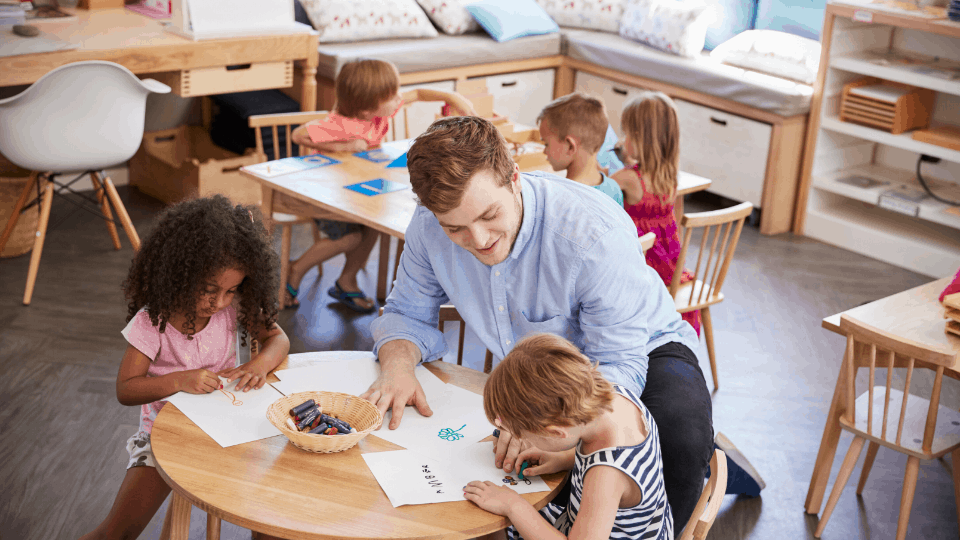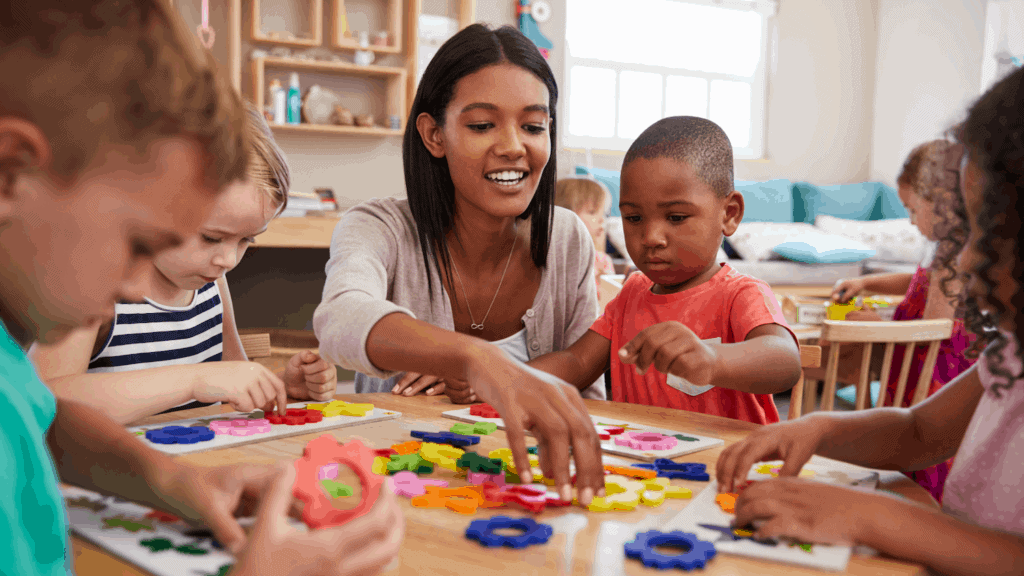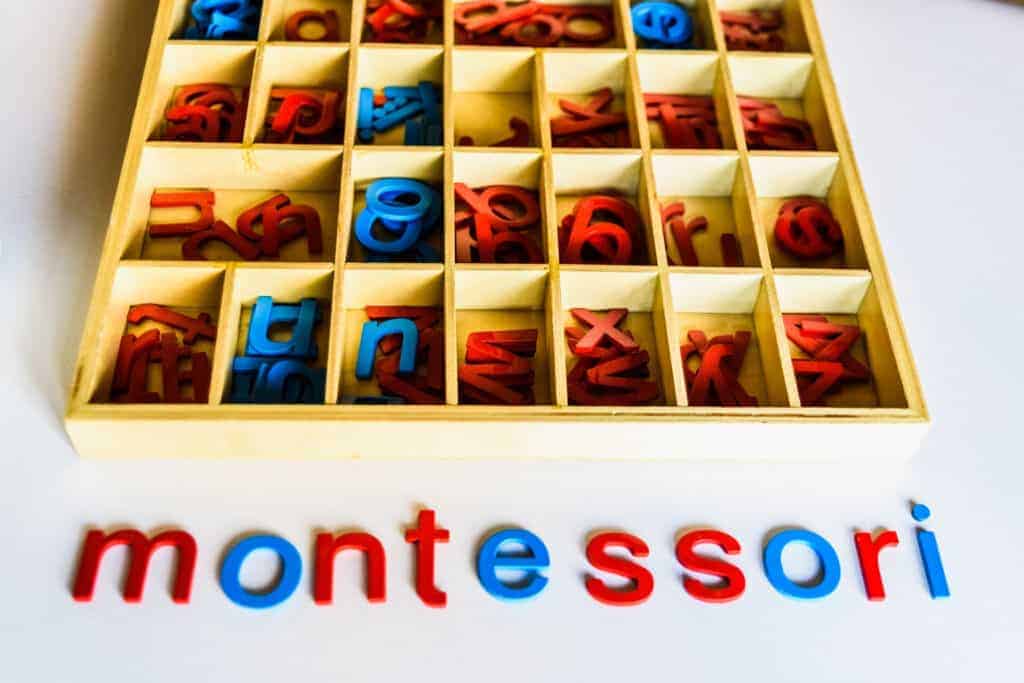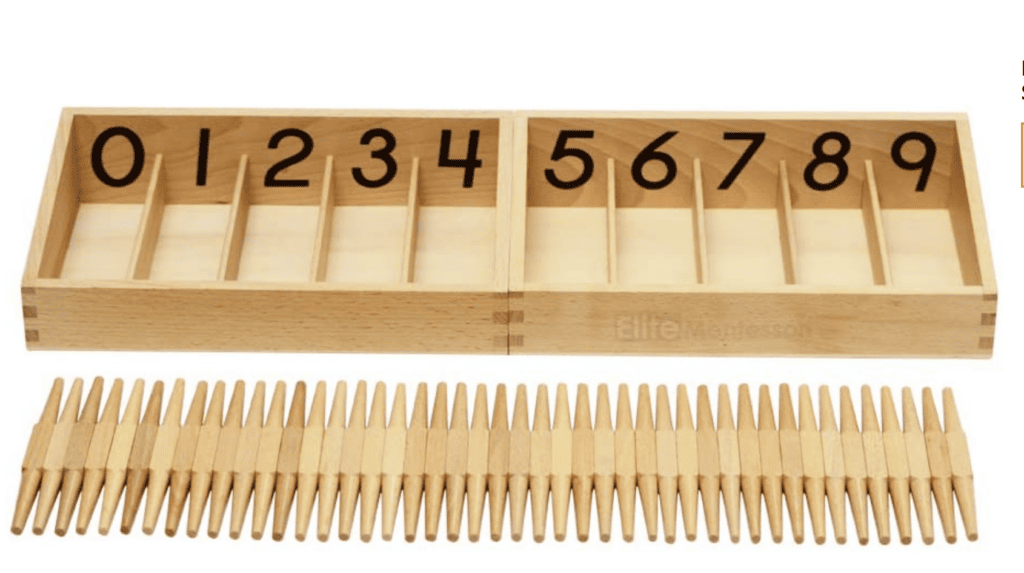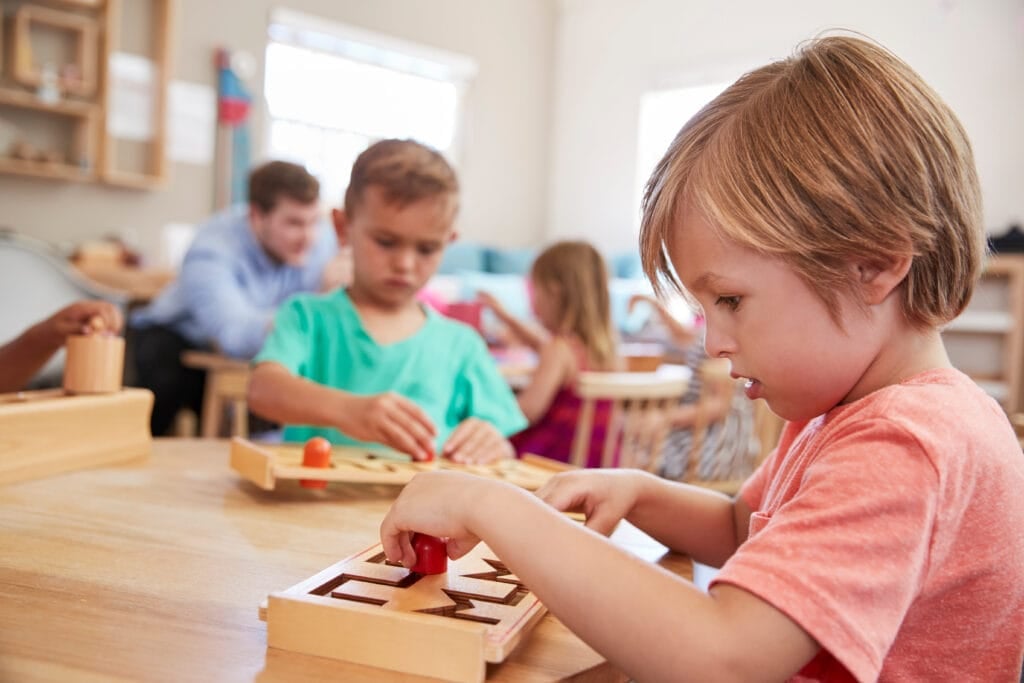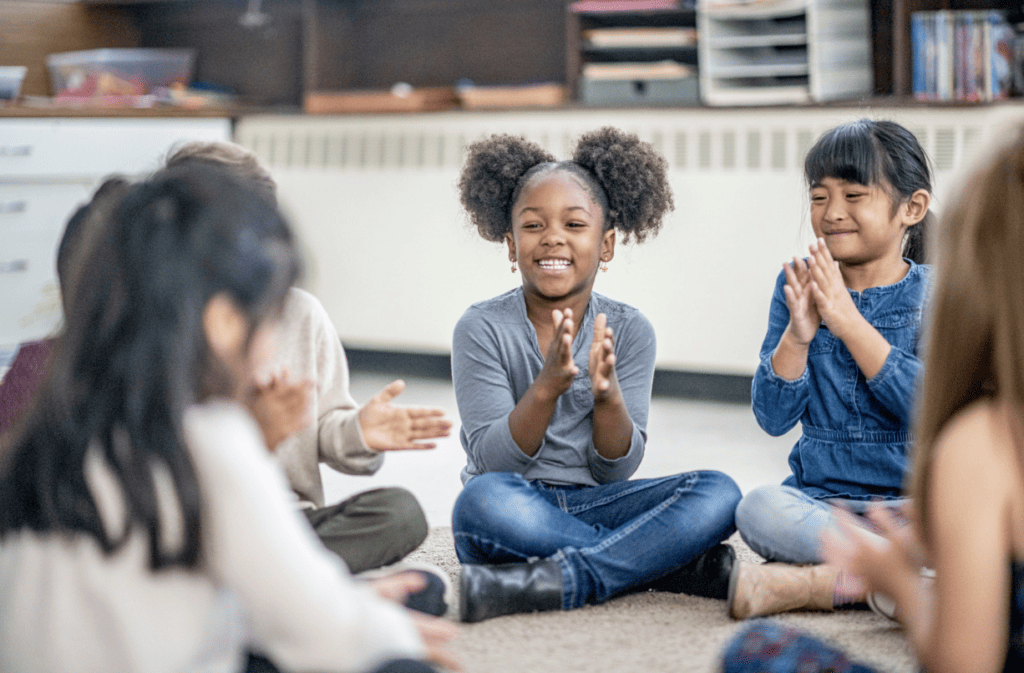From simple wooden shapes to 1000-piece jigsaws of the Eiffel Tower, puzzles are great toys for children of all ages! But are puzzles aligned with the
The short answer is: Yes, puzzles are highly aligned to the
So, how can puzzles be best used in
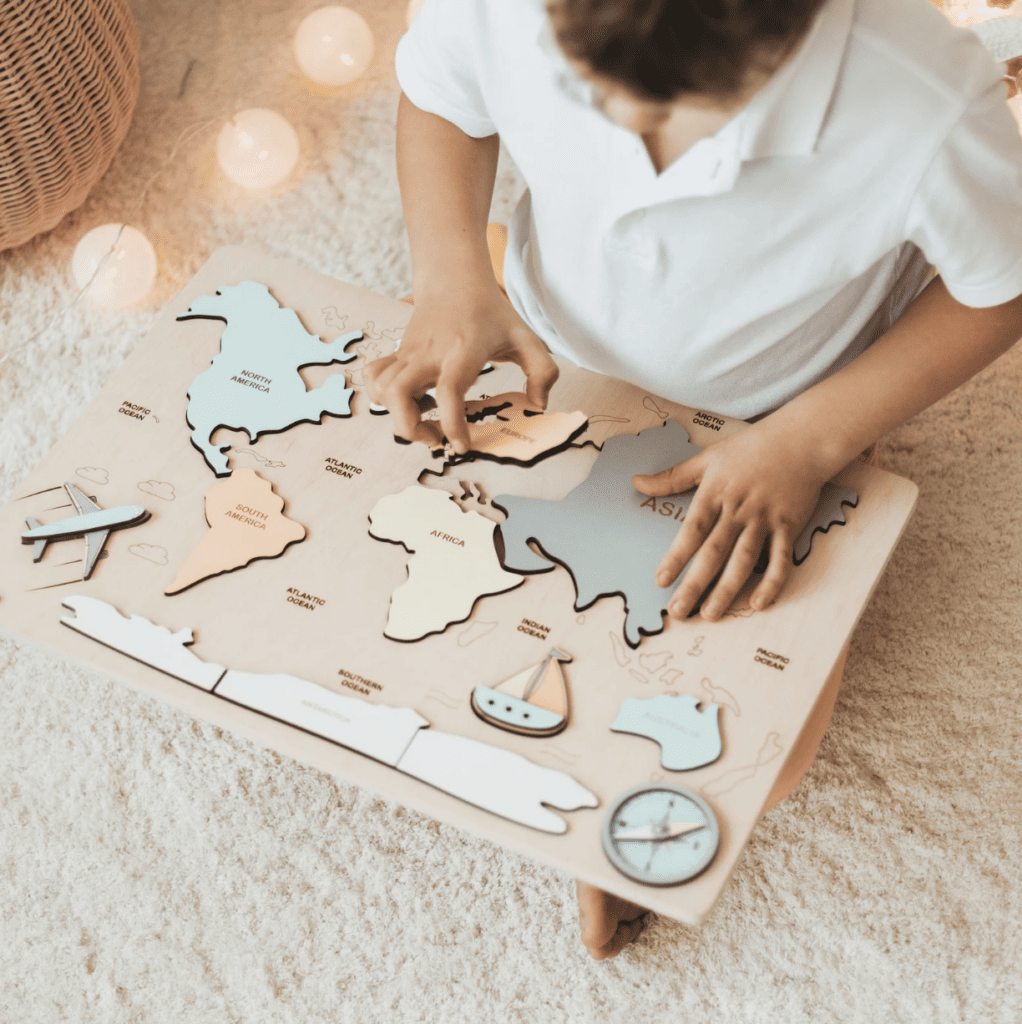
Montessori for Today picks out furniture, educational tools, toys and lifestyle items that we think are the best and most exciting, based on independent research and careful consideration. On some occasions we earn revenue (at no additional cost to you) if you click the links and buy the products. But this doesn’t affect what we choose to highlight and we will never let it bias our coverage.
Choosing the Right Puzzles for Your Child
In
What does this look like?
Think about your child’s interests and the skills they’ve been working towards recently. Has your two year old been doing a lot of grabbing and sorting lately? Consider getting them a simple, tactile puzzle that’s easy for small hands to grab and hold to help them develop their spatial confidence.

Is your four year old honing their fine motor skills and showing interest in learning about their body? Find a puzzle that can teach them about anatomy while also encouraging them to fit together more complex shapes.
Has your nine year old’s spatial reasoning taken off and you want to find a fun, new way to challenge them? Consider a 3D puzzle that will help them explore complex patterns and movement.
The examples given here are specifically
Introducing Your Child to a Montessori Puzzle
So, you’ve found the perfect
When introducing any new toy to your child, the
Introducing puzzles can look differently depending on the child’s age and developmental level. However, there are a few
Once your child is ready and your space is free of distractions, it’s time to introduce the puzzle! You can do this in a couple of different ways to stay true to the

If your child is immediately curious about the toy (and perhaps already familiar with puzzles), you can simply place the puzzle in front of them and allow them to explore it independently. See if they can figure out how it works on their own before you step in to model. This strategy not only inspires confidence and independence in your child, it also gives you a lot of insight into how they approach learning about something new!
If your child is completely unfamiliar with puzzles or seems unsure about how to approach the toy, you can model how to use it for them. The crucial difference with
Pick up two pieces that don’t fit together and try to put them together, showing how it doesn’t work. Then, look for pieces that do go together and model joining those pieces together. After you model for a couple of minutes, take the puzzle apart and allow your child to try. Remember, let them watch you do the work of putting the puzzle together; don’t explain to them how to do it! This way, their minds are still actively engaged in the learning process with you.
The Montessori Benefits of Puzzles
So, what makes puzzles such a great toy for
Beyond the fact that they’re aligned with the Montessori method, puzzles have many wonderful cognitive and developmental benefits! Consider all the different skills and tools your child has to draw upon in order to put together even the simplest puzzle:
They engage their fine motor skills to grab and carefully place the pieces; they have to be able to picture the shape of the pieces in their mind in order to figure out how to join them together correctly; they also need to remember these shapes; puzzles can be frustrating, so the puzzler has to self-regulate through that frustration; they will also need to utilize problem-solving skills when they get stuck; puzzles also demand a high level of focus and sustained attention in order to complete.
So it’s not surprising that puzzles have been proven to help build focus, memory, problem-solving skills, perseverance, and attention-span. No to mention the fact that they’re also a fun and engaging way for children to practice fine motor skills! The benefits of puzzles extend even further than that, though. Some studies show that puzzles have a measurable calming effect and can possibly even prevent cognitive decline.
These benefits aren’t child-specific, so consider breaking out a jigsaw puzzle next time you want to take a mindful moment to yourself!


